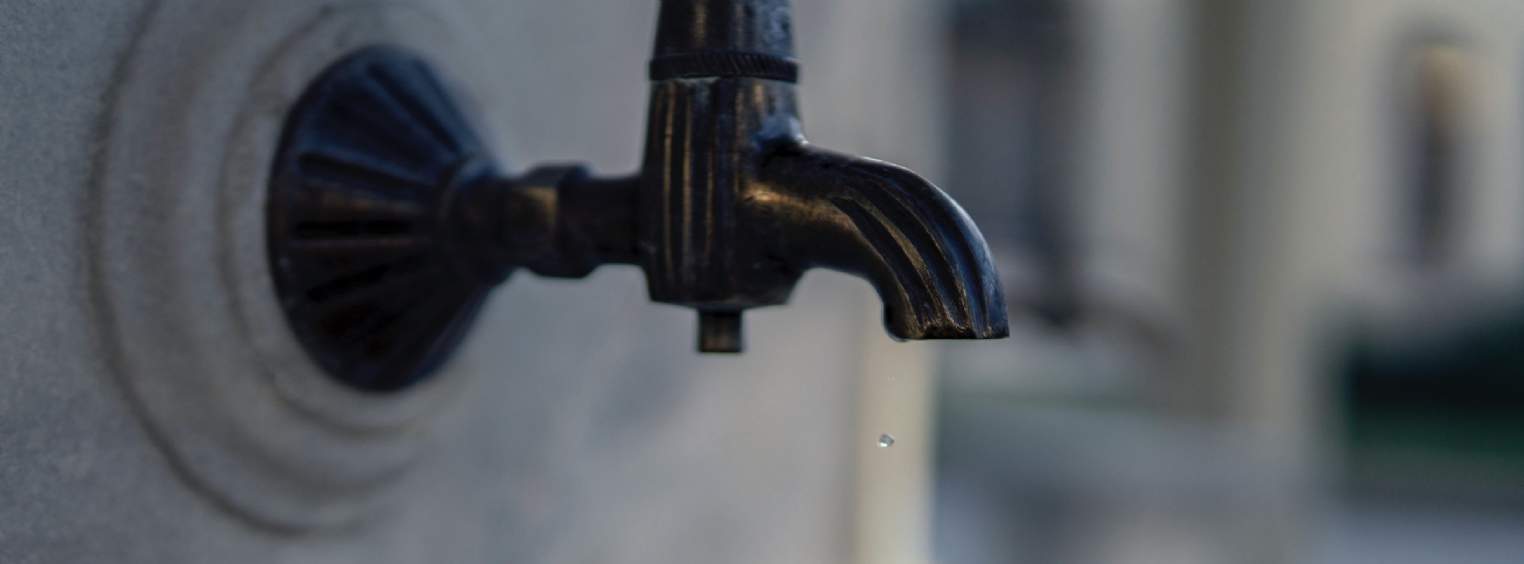Droughts and water shortages are plaguing communities all around the world and projections are that the worst is yet to come. Water demand continues to increase in locations with inadequate supply – locations that include many high-value real estate markets. Global warming compounds the problem. As a result, the need to reduce water consumption is more important than ever.
Occupiers of commercial buildings are well-positioned to be a driving force in conserving and improving water efficiency.
A crucial first step is to help occupiers understand why water conservation is important in their location, how interconnected it is with so many aspects of their lives, and how their actions can make a difference. Armed with that understanding, these individuals are more likely to remain conscious of their impact and carry out water-saving measures.
Rather than taking an ad-hoc approach, it is helpful to take an inventory of the current status and consider developing and implementing a coordinated water efficiency plan. Developing a written plan to save water and communicating it as an organisational priority is important, especially since many measures require ongoing participation and behavioral change. The plan should outline steps to reduce usage and have specific efficiency targets and methods to monitor consumption (for example, water bill monitoring and submetering usage).
Once a plan is place, the benefits and other details of the plan need to be clearly communicated with stakeholders to establish a shared mission and resolve to meet the goals. Additionally, placing the plan within a broader context, from rising costs to the global water crisis, can help inspire stakeholders to consider adopting water-saving habits outside of the commercial buildings they occupy.
Some physical changes to the space can be made at an occupier level to save water without the occupants’ active involvement. These include the following:
- Aerating flows Aerators inject air into water and can easily and economically be fitted in most taps and spouts to reduce the amount of water being used without affecting the pressure.
- Detecting tap leaks Timely repairs will minimize wasted water.
- Submetering water usage Metering is important to understand exactly how much water is used and to be able to measure the effects of various efficiency measures. In buildings with multiple tenants, submetering can also help occupiers pay only for the water they use versus a fixed percentage of the total building’s cost.
There are also operational measures that can be adopted by occupants that are simple and cost little to none, including:
- Running the dishwater only when full.
- Turning off the tap when not in immediate use.
- Composting food waste as an alternative to using sink waste disposals. Disposals require water to operate and add solid waste to the water that must be cleaned by municipal systems (aside from water use, composting can also improve operational sustainability metrics by diverting waste from landfills).
For optimal results, it is recommended that occupiers engage with their landlords on their plans to identify and implement water efficiency opportunities. This can help avoid duplication of efforts and resources and enable both parties to move forward with a plan that is coordinated throughout the property.
Further information
How can landlords of existing buildings make them more water efficicent?

.jpg)
.jpg)




.jpg)
.jpg)

